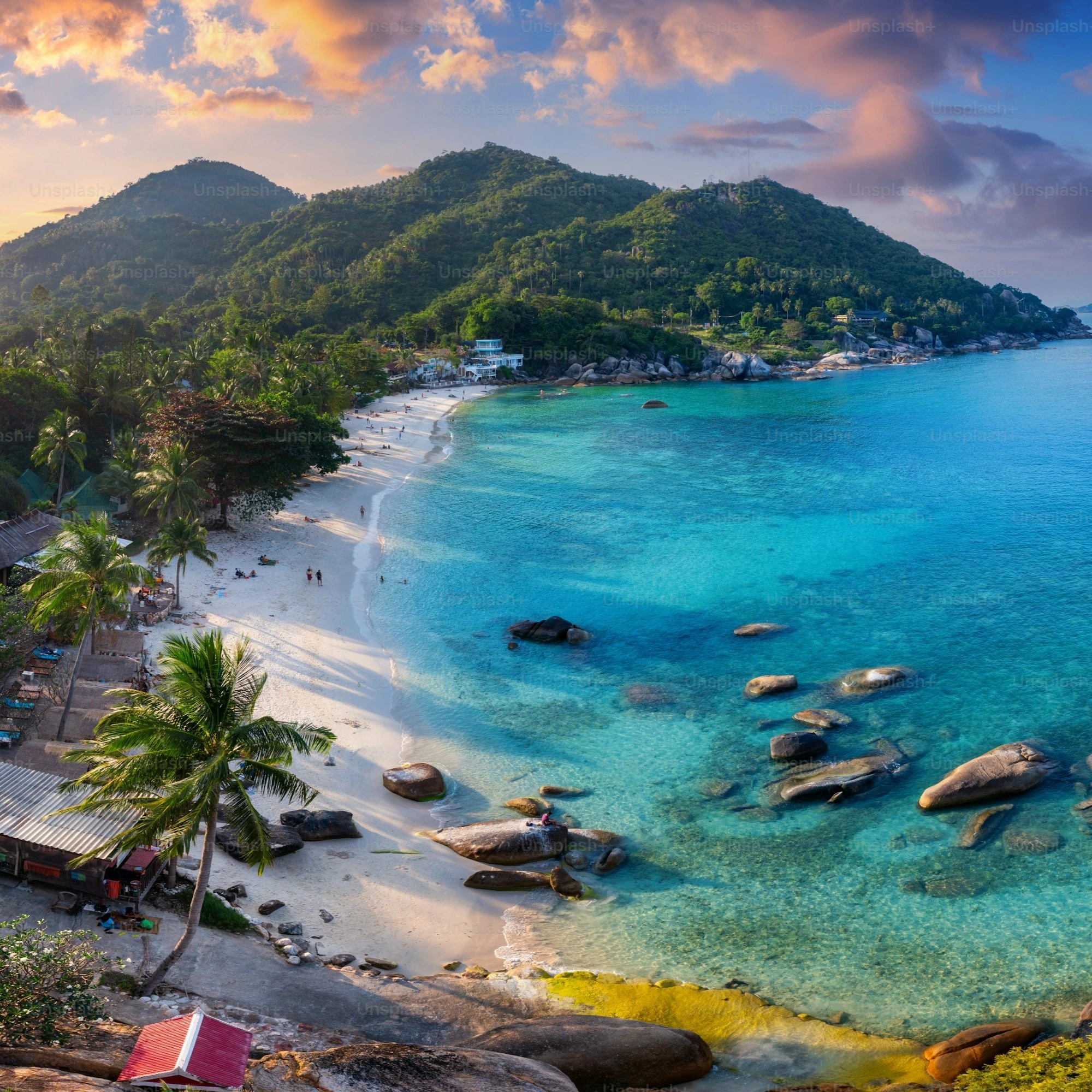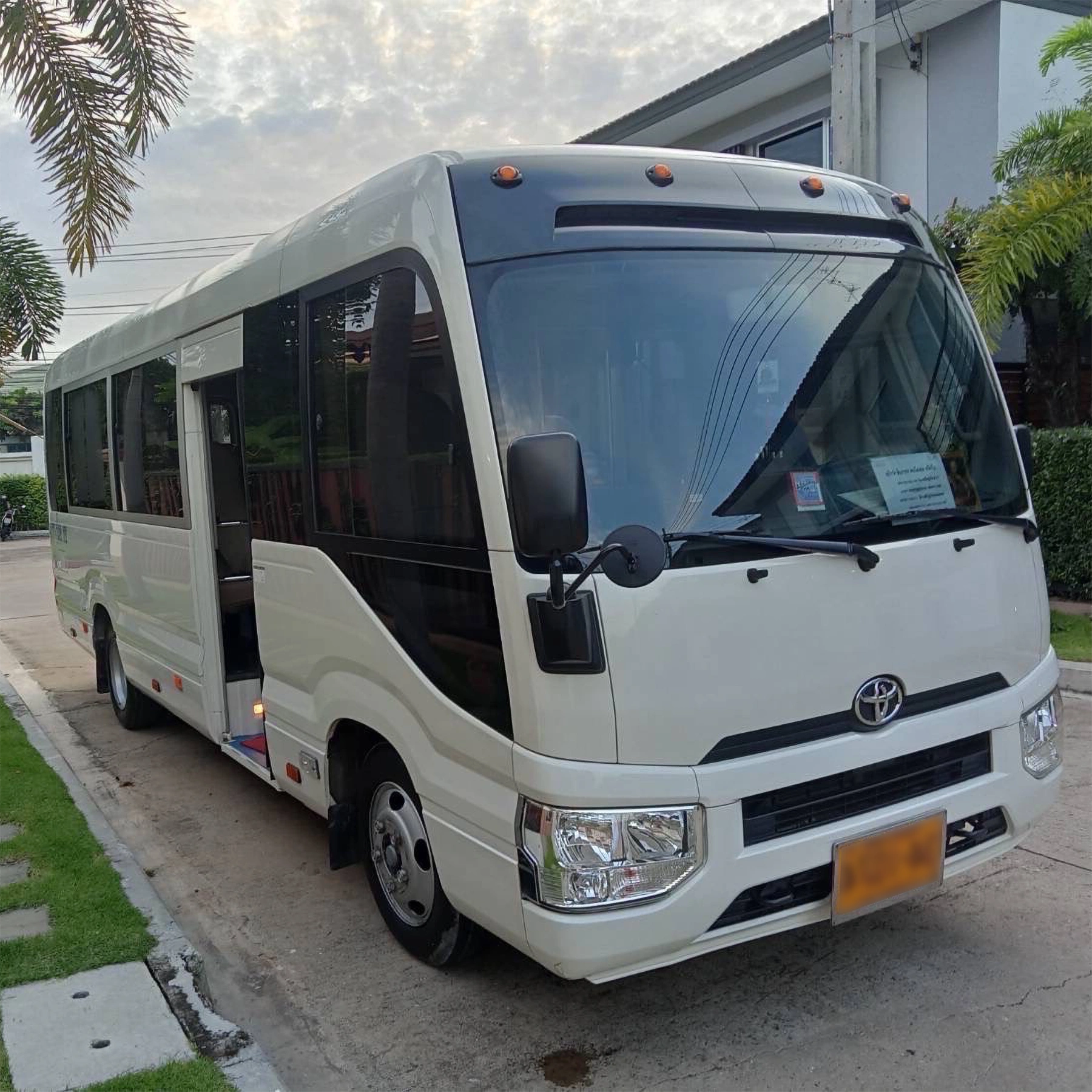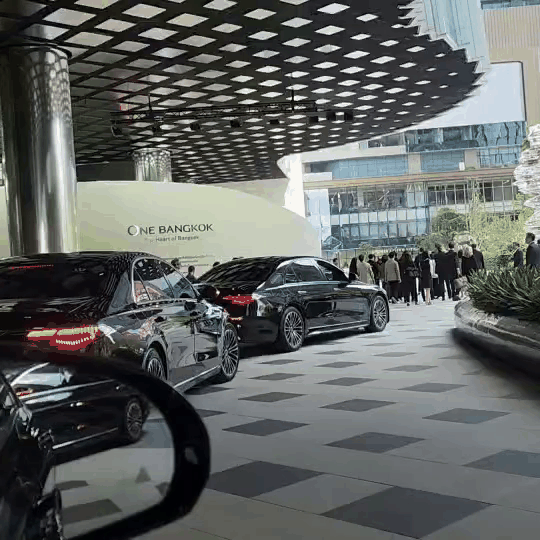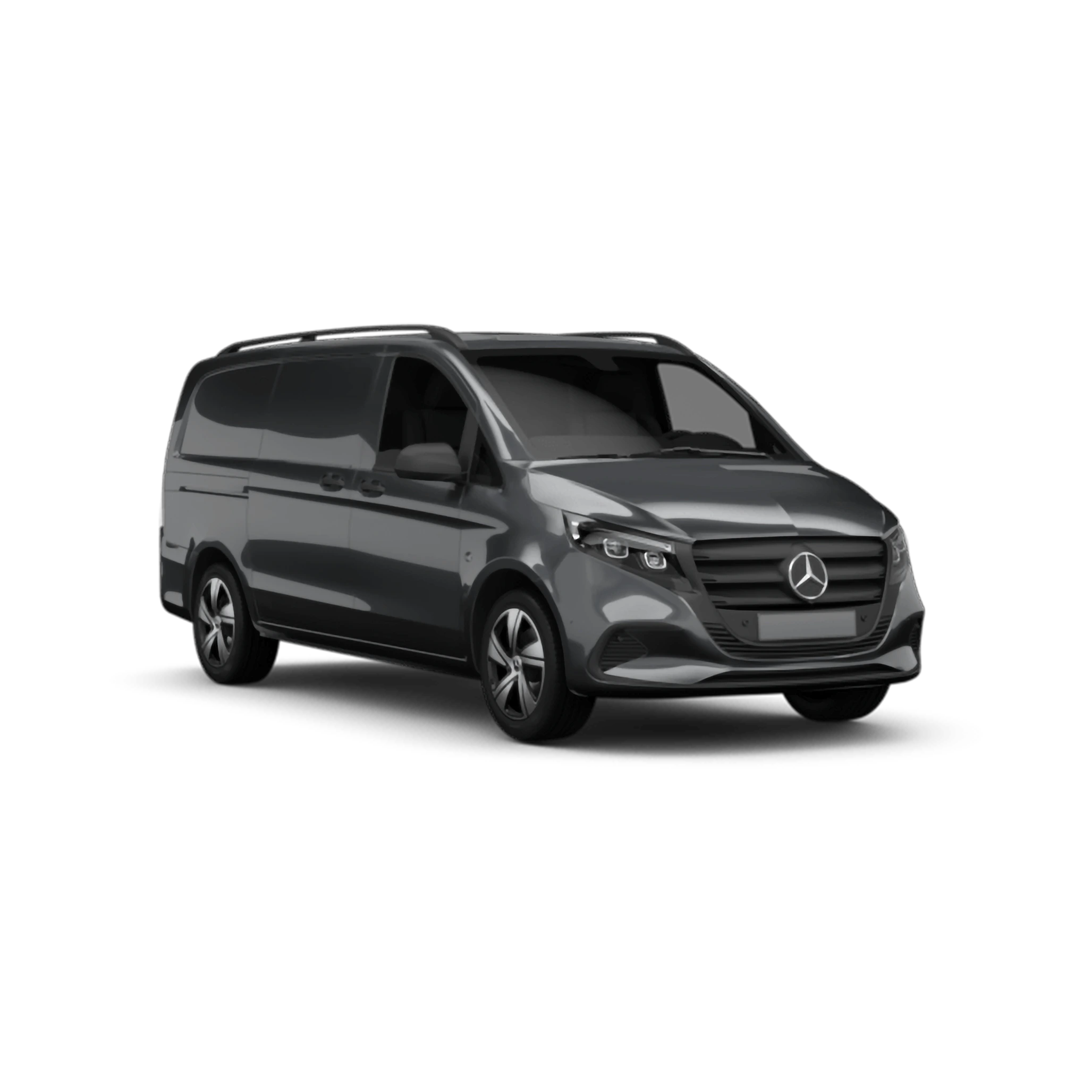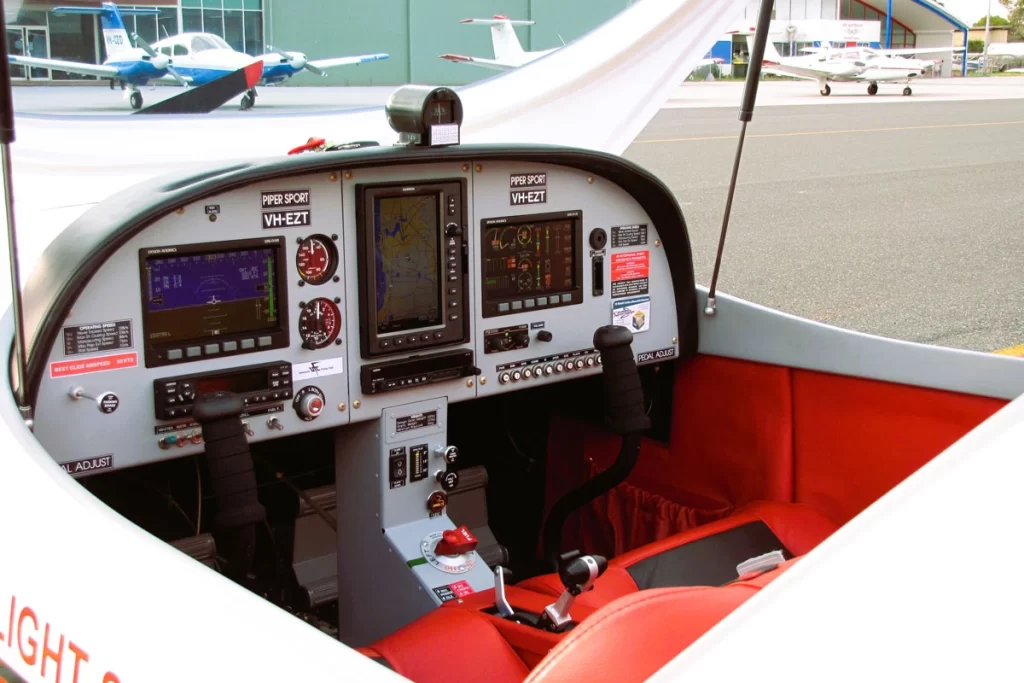
What is an LSA? Why is it Perfect for Beginner Pilots?
LSA (Light Sport Aircraft) refers to a category of lightweight aircraft designed for recreational flying and basic pilot training. These aircraft are compact, easy to operate, and simple in design, making them ideal for novice pilots or anyone looking to experience the joy and freedom of flying.
Key Features of LSA
Lightweight and Fuel-Efficient
LSAs typically have a maximum weight of 600 kilograms, making them highly fuel-efficient and cost-effective to operate.
Easy to Operate and Control
LSAs are equipped with straightforward and user-friendly control systems, enabling beginner pilots to learn quickly and confidently.
Low Operating Costs
The cost of purchasing, maintaining, and fueling an LSA is significantly lower compared to other types of aircraft, making it a budget-friendly option.
Ideal for Pilot Training
Many flight schools use LSAs for basic pilot training due to their reliability, safety, and simplicity.
Recreational Freedom
LSAs are perfect for those who want to enjoy the freedom of recreational flying, offering excellent maneuverability and the ability to operate from small airfields.
“LSAs are an excellent choice for anyone starting their journey into aviation. With their affordability, ease of use, and suitability for training and recreational flying, LSAs provide a fun and accessible entry point into the world of personal aviation!”
5 Recommended LSA Aircraft Models with Prices
Here’s a closer look at five top Light Sport Aircraft (LSA) models, their features, and estimated prices to help you choose the perfect one:

1. Tecnam P2002 Sierra MkII
Price: 4.5 – 6.5 million THB
Features:
Elegant Italian design with excellent aerodynamics.
Equipped with advanced avionics for recreational and training use.
Offers smooth handling and high performance.
| Specification | Details |
|---|---|
| Performance | |
| Max Speed | 250 km/h (135 knots) |
| Stall Speed | 83 km/h (45 knots) with flaps |
| Maximum Range | 1,050 km (565 nautical miles) |
| Service Ceiling | 4,572 m (15,000 ft) |
| Rate of Climb | 4.57 m/s (900 ft/min) |
| Engine and Fuel Efficiency | |
| Engine | Rotax 912 ULS2 (100 hp) or Rotax 912 iS (100 hp) |
| Fuel Type | AVGAS or MOGAS (UL91/E10 compatible) |
| Fuel Capacity | 100 liters (26.4 gallons) |
| Dimensions | |
| Length | 6.93 m (22 ft 9 in) |
| Wingspan | 8.4 m (27 ft 7 in) |
| Height | 2.4 m (7 ft 10 in) |
| Wing Area | 11.5 m² (123.8 sq ft) |
| Key Features | |
| Avionics | Garmin G3X glass cockpit or analog instruments (optional autopilot) |
| Additional Features | Sliding canopy, low-wing design, all-metal construction, ideal for training and recreational use |
| Pricing | |
| Base Price | 4.5 - 6.5 million THB (depending on configuration and options) |
This aircraft combines Italian craftsmanship with modern aerodynamics, making it a popular choice among flight schools and private pilots worldwide.
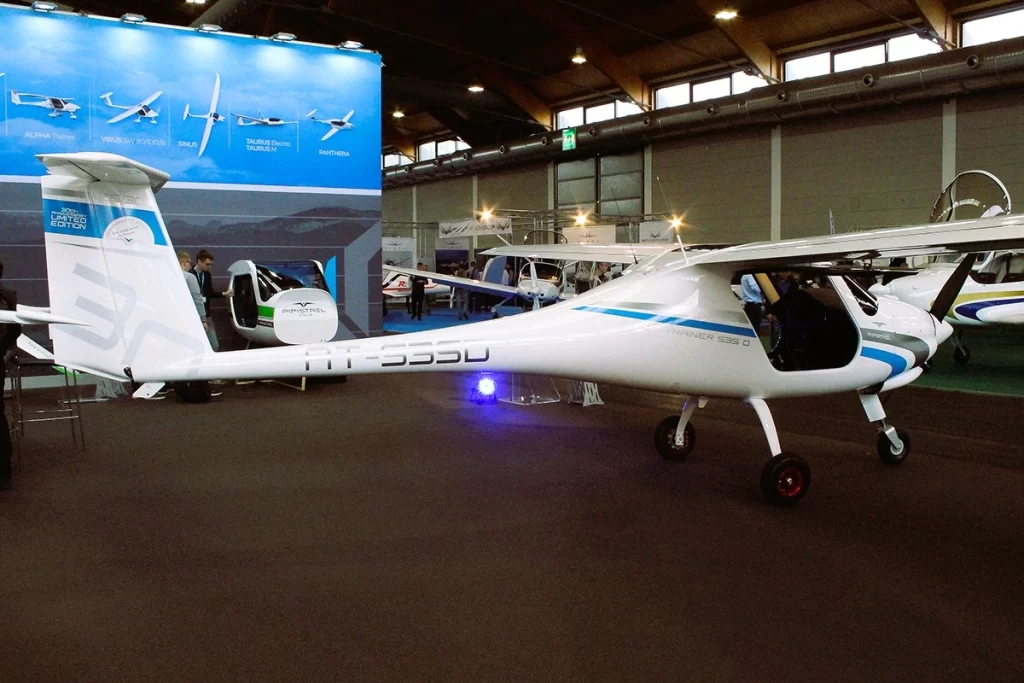
2. Pipistrel Alpha Trainer
Price: 3.5 – 5.5 million THB
Features:
Affordable and fuel-efficient, designed for beginner pilots.
Durable structure and low maintenance costs.
Lightweight design with exceptional safety features.
| Specification | Details |
|---|---|
| Performance | |
| Maximum Cruise Speed | 180 km/h (97 knots) |
| Stall Speed | 64 km/h (35 knots) |
| Maximum Range | 600 km (324 nautical miles) |
| Service Ceiling | 3,600 m (12,000 ft) |
| Rate of Climb | 5 m/s (984 ft/min) |
| Engine and Fuel Efficiency | |
| Engine | Rotax 912 ULS (100 hp) |
| Fuel Type | MOGAS or AVGAS |
| Fuel Capacity | 50 liters (13.2 gallons) |
| Dimensions | |
| Length | 6.5 m (21.3 ft) |
| Wingspan | 10.5 m (34.4 ft) |
| Height | 2.1 m (6.9 ft) |
| Wing Area | 11.2 m² (120.6 sq ft) |
| Key Features | |
| Features | Fuel efficiency, composite construction, intuitive handling, ballistic parachute system |
| Pricing | |
| Base Price | 3.5 - 5.5 million THB (varies based on configuration and optional features) |
The Pipistrel Alpha Trainer combines affordability, durability, and efficiency, making it a top choice for flight schools and aviation enthusiasts.
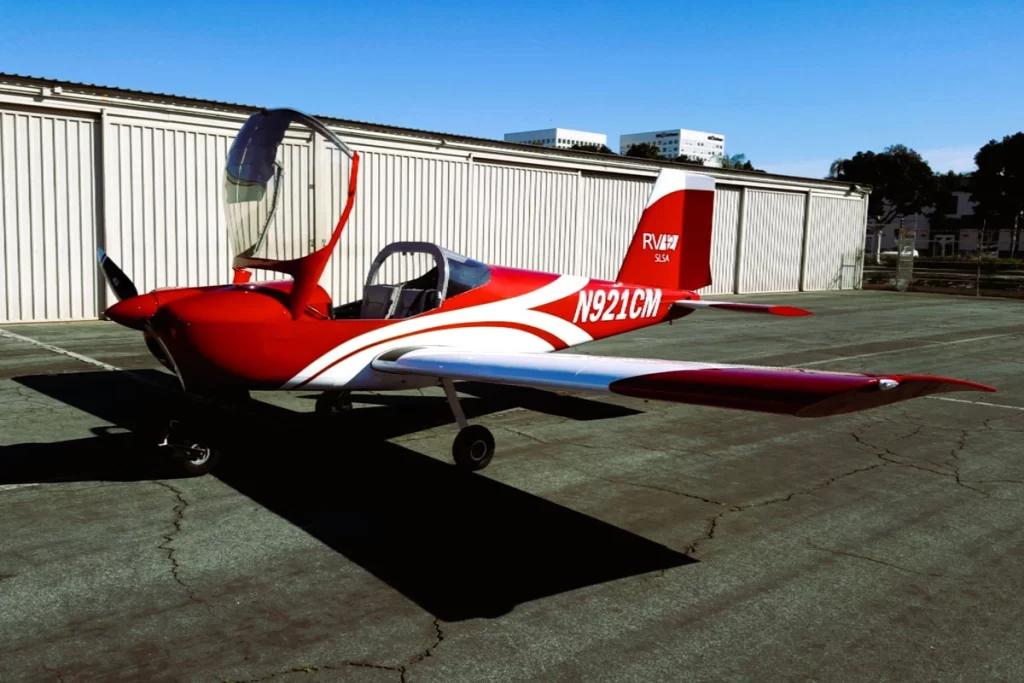
3. Vans RV-12
Price: 4 – 6 million THB
Features:
Highly versatile, with an option for DIY assembly.
Modern avionics and excellent build quality.
Popular among aviation enthusiasts for its customization options.
| Specification | Details |
|---|---|
| Performance | |
| Maximum Cruise Speed | 200 km/h (108 knots) |
| Stall Speed | 74 km/h (40 knots) |
| Maximum Range | 800 km (432 nautical miles) |
| Service Ceiling | 4,115 m (13,500 ft) |
| Rate of Climb | 5.1 m/s (1,000 ft/min) |
| Engine and Fuel Efficiency | |
| Engine | Rotax 912 ULS (100 hp) or Rotax 912 iS Sport (100 hp) |
| Fuel Type | MOGAS or AVGAS |
| Fuel Capacity | 75 liters (20 gallons) |
| Dimensions | |
| Length | 6.3 m (20 ft 7 in) |
| Wingspan | 8.1 m (26 ft 8 in) |
| Height | 2.4 m (7 ft 9 in) |
| Wing Area | 10.7 m² (115 sq ft) |
| Key Features | |
| Avionics | Dynon SkyView or Garmin avionics (optional autopilot) |
| Additional Features | Customizable design, removable wings, low fuel consumption, high safety standards |
| Pricing | |
| Base Price | 4 - 6 million THB (varies based on configuration and optional features) |
The Vans RV-12 is ideal for aviation enthusiasts, flight schools, and pilots looking for a reliable, efficient, and customizable aircraft.
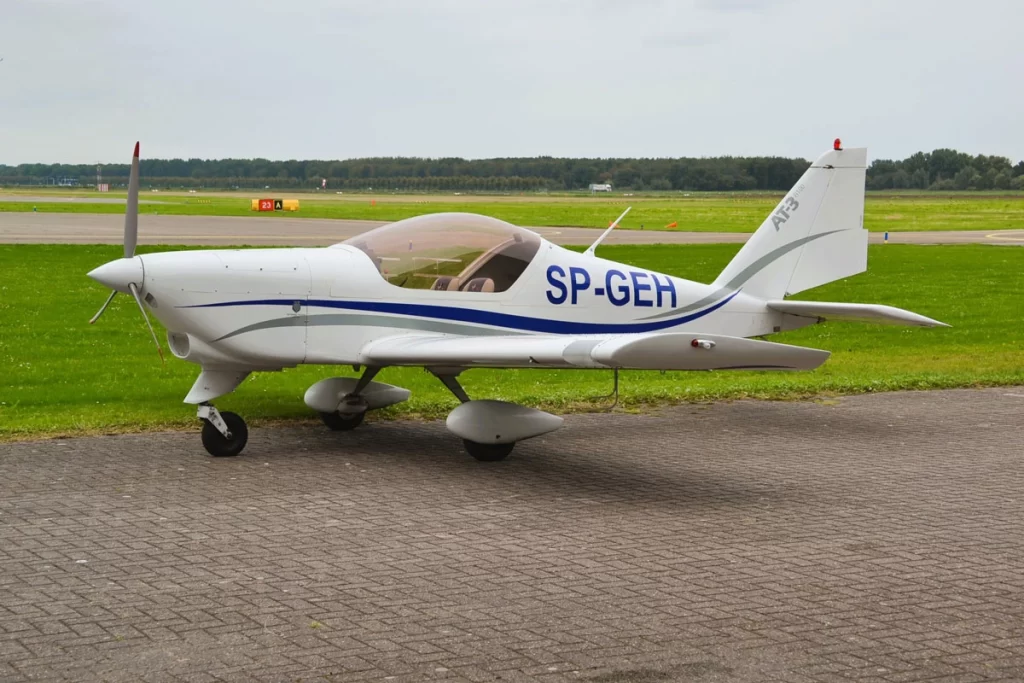
4. Aero AT-3 R100
Price: 4 – 6 million THB
Features:
Robust and durable, perfect for training and private flying.
Comfortable cockpit and efficient engine performance.
Certified for use in several flight training schools.
| Specification | Details |
|---|---|
| Performance | |
| Maximum Cruise Speed | 210 km/h (113 knots) |
| Stall Speed | 83 km/h (45 knots) |
| Maximum Range | 950 km (513 nautical miles) |
| Service Ceiling | 4,572 m (15,000 ft) |
| Rate of Climb | 4.5 m/s (885 ft/min) |
| Engine and Fuel Efficiency | |
| Engine | Rotax 912 S2 (100 hp) |
| Fuel Type | MOGAS or AVGAS |
| Fuel Capacity | 100 liters (26.4 gallons) |
| Dimensions | |
| Length | 6.25 m (20.5 ft) |
| Wingspan | 8.25 m (27.1 ft) |
| Height | 2.4 m (7.87 ft) |
| Wing Area | 10.3 m² (111 sq ft) |
| Key Features | |
| Avionics | Standard avionics for training and navigation (advanced options available) |
| Additional Features | Durable metal airframe, fuel efficiency, excellent stability, certified for training |
| Pricing | |
| Base Price | 4 - 6 million THB (varies based on configuration and optional features) |
The Aero AT-3 R100 is highly regarded for its durability, reliability, and cost-effectiveness, making it a top choice for flight schools and aviation enthusiasts.
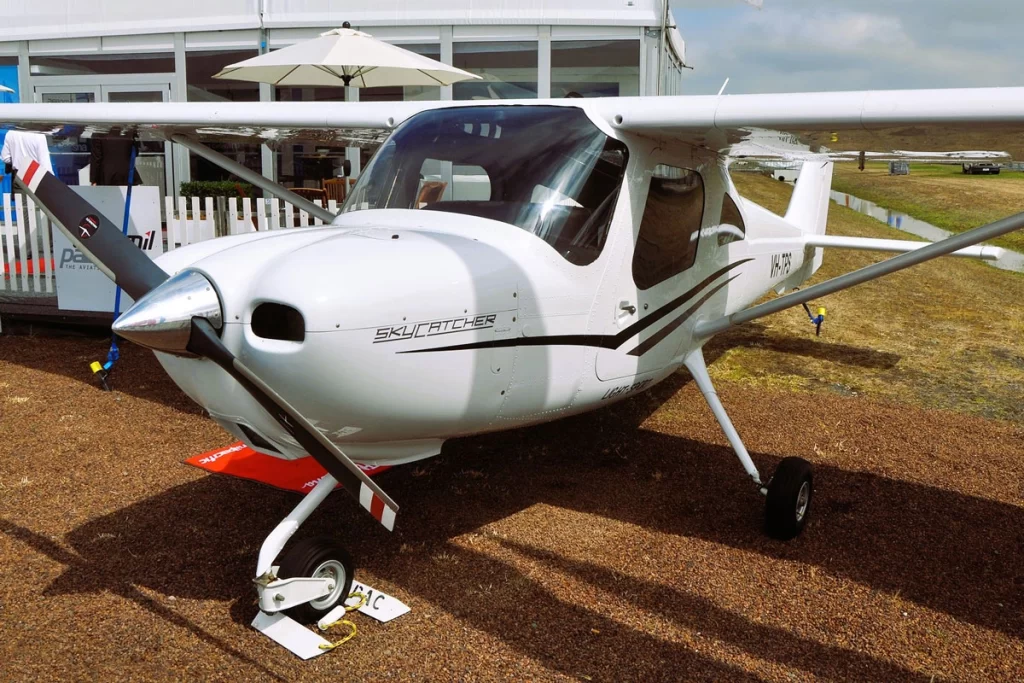
5. Cessna 162 Skycatcher
Price: 3.5 – 5.5 million THB
Features:
Backed by Cessna’s renowned reliability and support.
Simple and user-friendly controls, perfect for beginners.
Compact and easy to maintain.
| Specification | Details |
|---|---|
| Performance | |
| Maximum Cruise Speed | 204 km/h (110 knots) |
| Stall Speed | 74 km/h (40 knots) |
| Maximum Range | 870 km (470 nautical miles) |
| Service Ceiling | 4,267 m (14,000 ft) |
| Rate of Climb | 3.6 m/s (710 ft/min) |
| Engine and Fuel Efficiency | |
| Engine | Continental O-200D (100 hp) |
| Fuel Type | AVGAS 100LL |
| Fuel Capacity | 91 liters (24 gallons) |
| Dimensions | |
| Length | 6.9 m (22.7 ft) |
| Wingspan | 9.14 m (30 ft) |
| Height | 2.41 m (7.9 ft) |
| Wing Area | 12.04 m² (129.6 sq ft) |
| Key Features | |
| Avionics | Garmin G300 avionics suite with integrated navigation and communication |
| Additional Features | High-wing design, lightweight structure, robust construction, intuitive controls |
| Pricing | |
| Base Price | 3.5 - 5.5 million THB (varies based on configuration and optional features) |
The Cessna 162 Skycatcher is a trusted choice for training and personal use, combining simplicity, efficiency, and reliability in a compact design.
Comparison Of Light Sport Aircraft Specifications
| Specification | Tecnam P2002 Sierra MkII | Pipistrel Alpha Trainer | Vans RV-12 | Aero AT-3 R100 | Cessna 162 Skycatcher |
|---|---|---|---|---|---|
| Maximum Cruise Speed | 250 km/h (135 knots) | 180 km/h (97 knots) | 200 km/h (108 knots) | 210 km/h (113 knots) | 204 km/h (110 knots) |
| Stall Speed | 83 km/h (45 knots) | 64 km/h (35 knots) | 74 km/h (40 knots) | 83 km/h (45 knots) | 74 km/h (40 knots) |
| Maximum Range | 1,050 km (565 nm) | 600 km (324 nm) | 800 km (432 nm) | 950 km (513 nm) | 870 km (470 nm) |
| Service Ceiling | 4,572 m (15,000 ft) | 3,600 m (12,000 ft) | 4,115 m (13,500 ft) | 4,572 m (15,000 ft) | 4,267 m (14,000 ft) |
| Rate of Climb | 4.57 m/s (900 ft/min) | 5 m/s (984 ft/min) | 5.1 m/s (1,000 ft/min) | 4.5 m/s (885 ft/min) | 3.6 m/s (710 ft/min) |
| Useful Load | 233 kg (514 lbs) | 275 kg (606 lbs) | 260 kg (570 lbs) | 255 kg (562 lbs) | 214 kg (472 lbs) |
| Base Price (Approx.) | 4.5 - 6.5 million THB | 3.5 - 5.5 million THB | 4 - 6 million THB | 4 - 6 million THB | 3.5 - 5.5 million THB |
| Maintenance Cost (Approx.) | Low | Very Low | Low | Moderate | Moderate |
Advantages of Owning a Light Sport Aircraft (LSA)
1. Convenience in Personal Travel
Fly on Your Schedule: Owning an LSA allows you to plan your trips at your own convenience, eliminating the need to rely on commercial airline schedules or long airport waits.
Access to Remote Locations: LSAs can land at smaller airfields or private landing strips, making it easier to reach destinations that commercial airlines do not serve.
Save Travel Time: LSAs significantly reduce travel time compared to ground transportation, especially when accessing hard-to-reach areas or regions with limited public transportation.
2. Cost-Effectiveness
Affordable Purchase Price: LSAs typically cost between 3 to 7 million THB, making them a more accessible option compared to larger private aircraft.
Fuel Efficiency: LSAs are equipped with efficient engines that consume less fuel, often running on AVGAS or MOGAS, reducing operational costs.
Lower Maintenance Costs: Due to their simpler design and smaller size, LSAs generally require less maintenance, and replacement parts are easier to source.
Long-Term Savings: Owning an LSA can be more cost-effective in the long run compared to renting an aircraft frequently for personal use or training.
3. Freedom in Flying
Customize Your Routes: As the owner, you can set your own flight paths and destinations without adhering to airline schedules or restrictions.
Exciting Experience: Flying your own aircraft offers a unique and exhilarating experience, providing breathtaking views and a sense of freedom that’s hard to match.
Skill Development: LSAs are excellent for beginner pilots, offering a platform to practice and enhance flying skills while building flight hours.
Owning a Light Sport Aircraft is not just about travel—it’s a lifestyle investment. It provides unparalleled convenience, financial benefits, and the freedom to explore the skies on your terms. Whether for personal enjoyment or practical use, an LSA offers a unique opportunity to experience the world from above.
Things to Know Before Buying a Light Sport Aircraft (LSA)
1. Inspecting the Aircraft
Review Usage History: If buying a used aircraft, check the flight hours and maintenance history, including any major part replacements.
Engine Condition: Ensure the engine is in good condition, regularly maintained, and compatible with recommended fuels like AVGAS or MOGAS.
Structure and Integrity: Inspect the airframe and wings for cracks, wear, or any damage that may compromise safety.
Test Flight: Conduct a test flight or have an expert evaluate the aircraft to ensure it functions properly and meets your needs.
2. Aviation Regulations in Thailand
Pilot License: You must have an appropriate license, such as a Private Pilot License (PPL) or a license specific to LSA aircraft.
Aircraft Registration: The aircraft must be registered with the Civil Aviation Authority of Thailand (CAAT) to comply with legal requirements.
Flight Zones: Familiarize yourself with permitted flight zones and restrictions, such as avoiding no-fly zones or areas near commercial airports.
Insurance: All aircraft should have adequate insurance coverage, including hull insurance and third-party liability insurance.
3. Additional Costs
Pilot Training Costs: If you don’t already have a license, pilot training is required, with costs typically ranging from 300,000 to 600,000 THB or more depending on the flight school.
Parking Fees: Costs for parking or hangar rental at airports vary based on location and aircraft size (approximately 5,000 – 20,000 THB per month).
Maintenance Costs: Includes oil changes, electrical system checks, and part replacements based on usage intervals.
Fuel Expenses: LSAs are fuel-efficient, but it’s essential to budget for fuel if flying frequently.
Insurance Premiums: The cost of insurance depends on the aircraft’s value and the level of coverage chosen.
4. Additional Factors to Consider
Purpose of Use: Choose an aircraft that aligns with your goals, whether it’s for leisure, training, or personal travel.
Airport Facilities: Ensure the airport or storage location you choose has appropriate facilities like fuel supplies and maintenance services.
Resale Value: If you plan to upgrade in the future, consider the popularity and resale value of the model you’re buying.
Buying an LSA involves more than just acquiring the aircraft—it’s about taking responsibility for its upkeep and adhering to aviation regulations. Understanding the additional costs and ensuring compliance with the law will help you make a confident and informed decision while enjoying the freedom and convenience of owning a personal aircraft.
Obtaining a Pilot License for Beginners
Starting your journey toward flying, whether for a career or personal enjoyment, requires a Pilot License. In Thailand, the most suitable license for beginners is either a Private Pilot License (PPL) or a Sport Pilot License (SPL) for Light Sport Aircraft (LSA).
1. Types of Pilot Licenses
Private Pilot License (PPL):
Ideal for individuals who want to fly private aircraft for leisure or personal travel. It allows you to carry passengers but not for commercial purposes.
Sport Pilot License (SPL):
Designed for flying small aircraft like LSAs. It is easier to obtain than a PPL but comes with limitations such as restricted flying areas and aircraft weight.
Commercial Pilot License (CPL):
For those pursuing a professional career as a pilot. It requires extensive training and higher costs compared to a PPL or SPL.
2. Steps to Obtain a Pilot License
Choose a Certified Flight School:
Ensure the school is certified by the Civil Aviation Authority of Thailand (CAAT).
Pass an English Proficiency Test:
English is essential as aviation manuals and communications are predominantly in English.
Medical Examination:
Undergo a health check with a certified aviation medical examiner, focusing on eyesight, blood pressure, and overall fitness.
Complete Ground School Training:
Learn theoretical subjects such as aerodynamics, air law, meteorology, and navigation.
Flight Training:
Train with an instructor at an approved airport. Accumulate the required flight hours (PPL typically requires a minimum of 40 flight hours).
Pass Written and Practical Exams:
After completing training, you must pass written exams and a practical flight test conducted by CAAT examiners.
3. Approximate Costs
Theoretical and Practical Training:
Between 300,000 – 600,000 THB, depending on the flight school and aircraft used.
Medical Examination Fees:
Around 3,000 – 5,000 THB.
Additional Costs:
Includes manuals, exam fees, and license renewal fees (every 5 years).
4. Additional Requirements
Minimum Age:
Applicants must be at least 17 years old for PPL or SPL.
License Renewal:
Pilot licenses must be renewed every 5 years, requiring a health check and refresher courses on aviation regulations.
Limitations:
SPL may have restrictions on flying areas or types of aircraft.
